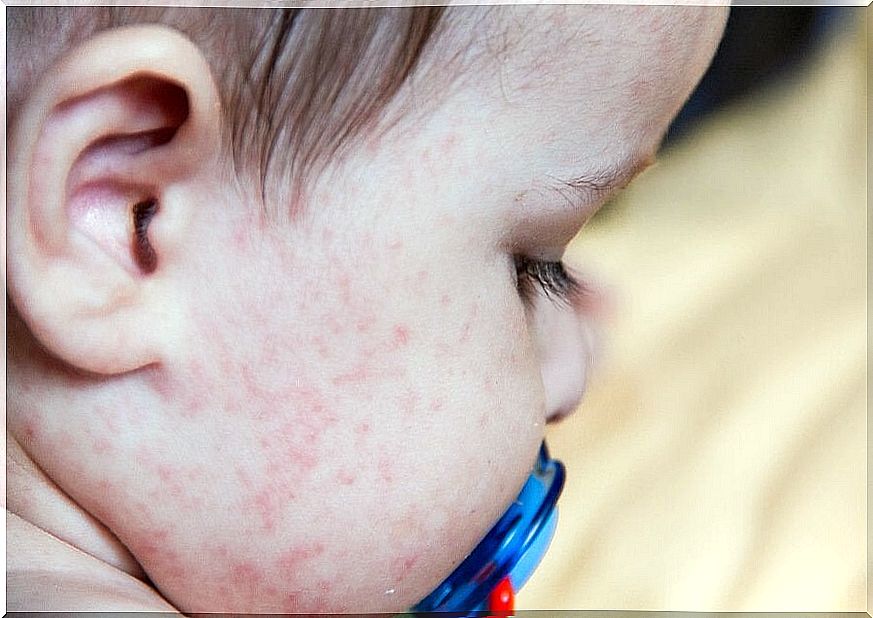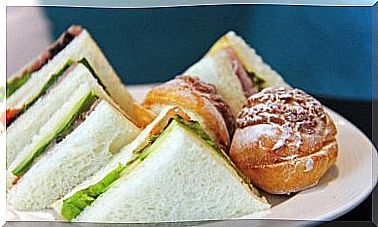Common Food Allergies In Children – I’m A Mom

Common food allergies affect a significant number of children. When the immune system detects an allergen, it triggers a series of alerts in the body that produce unpleasant symptoms. These can sometimes be life-threatening.
It is very important for parents to know what types of foods can cause allergies and what are the most common symptoms that the body manifests.
In addition, it is essential to be aware of the differences between food allergies and intolerances, and also how certain types of foods should be introduced into the diet.
Unfortunately, certain food allergies cannot be eradicated from the body. Therefore, it is imperative to know the types of reactions they produce. Likewise, it must be considered that prevention is the best weapon.
Common Food Allergies in Children
Allergies common in children can be generated from ingesting any food, although there are undoubtedly some that tend to stimulate the onset of an attack.
Therefore, it is very important that parents know what the symptoms of food allergies are and, equally, that they can clearly distinguish them from food intolerances.
Symptoms of food allergies
Symptoms of food allergies manifest with skin, respiratory and digestive problems, such as the following:
- Local or generalized urticaria.
- Inflammatory skin diseases.
- Bronchospasm crisis.
- Bronchial asthma.
- Rhinitis.
- Skin secretions.
- Inflammation of the tongue.
- Inflammation in the mouth.
- Lumps on the eyelids.
- Anaphylaxis.

These symptoms of common food allergies can occur within thirty minutes of a child having eaten a particular food. In most cases, they can be delayed for 2 or 3 hours, or up to 5 days after eating the food, as is the case with inflammatory skin diseases.
Differences in symptoms of food intolerances
The manifestations of food intolerances are produced by metabolic system problems. Basically, they are translated as problems of the digestive system to process certain foods.
The three main symptoms of food intolerances are gas, stomach inflammation and diarrhea.
Foods linked to common food allergies in children
The food list is varied and includes the following options:
- Peanut butter.
- Seafood such as fish and shellfish.
- Cow’s milk proteins.
- Wheat.
- Soy.
- Dry fruits.
- Eggs.
- Strawberries.
- Peach.
- Kiwi.
- Gluten.
How to Prevent Food Allergies in Children
It is considered that there is no real method to prevent food allergies in children. The recommendations made by most pediatricians are to delay the introduction into the diet of the products on the list linked to the production of allergic reactions.
Other options are to provide your child with small portions or doses of foods that may be allergic and to keep a record of how the child has processed the food. If the answer is yes, you can introduce other products into your diet by repeating the procedure.
What matters is that the child does not receive more than two of the foods that cause possible allergies at a time. Thus, in case of any adverse reaction, the allergenic agent can be determined with certainty.
Unfortunately, food allergies cannot be eliminated. However, according to estimates, they are linked to hereditary factors.
If there is a family precedent for adverse reactions to certain foods, it is best to pay attention to the child, as there is a high probability that he will have an allergic reaction.
On the other hand, it will also be essential to examine the labels of the products that the child consumes. Many contain peanut pieces or other substances in small amounts that can trigger an allergic reaction. Without a doubt, prevention is the only way out.

Final considerations
If you have identified foods that cause allergic reactions in your child, it is important to consult your pediatrician and inform him about the situation.
The professional’s recommendation will likely be that you completely eliminate such food from your child’s diet. But it may also offer a nutritional guide so you can find new options so you don’t run out of nutrients.
Finally, if you witness an allergic reaction in your child, with symptoms such as inflammation, bronchospasm, or anaphylaxis, go to the emergency room immediately.









